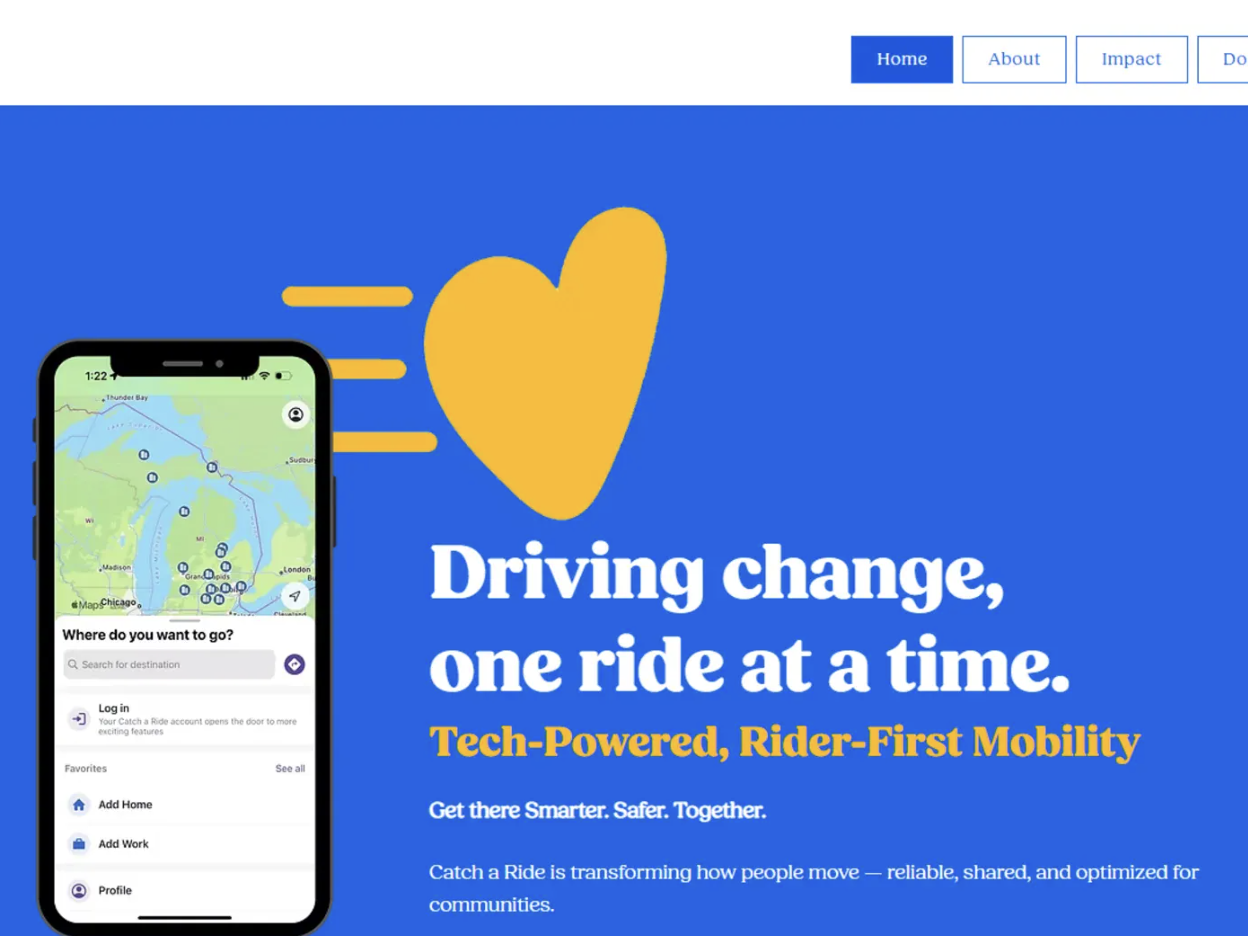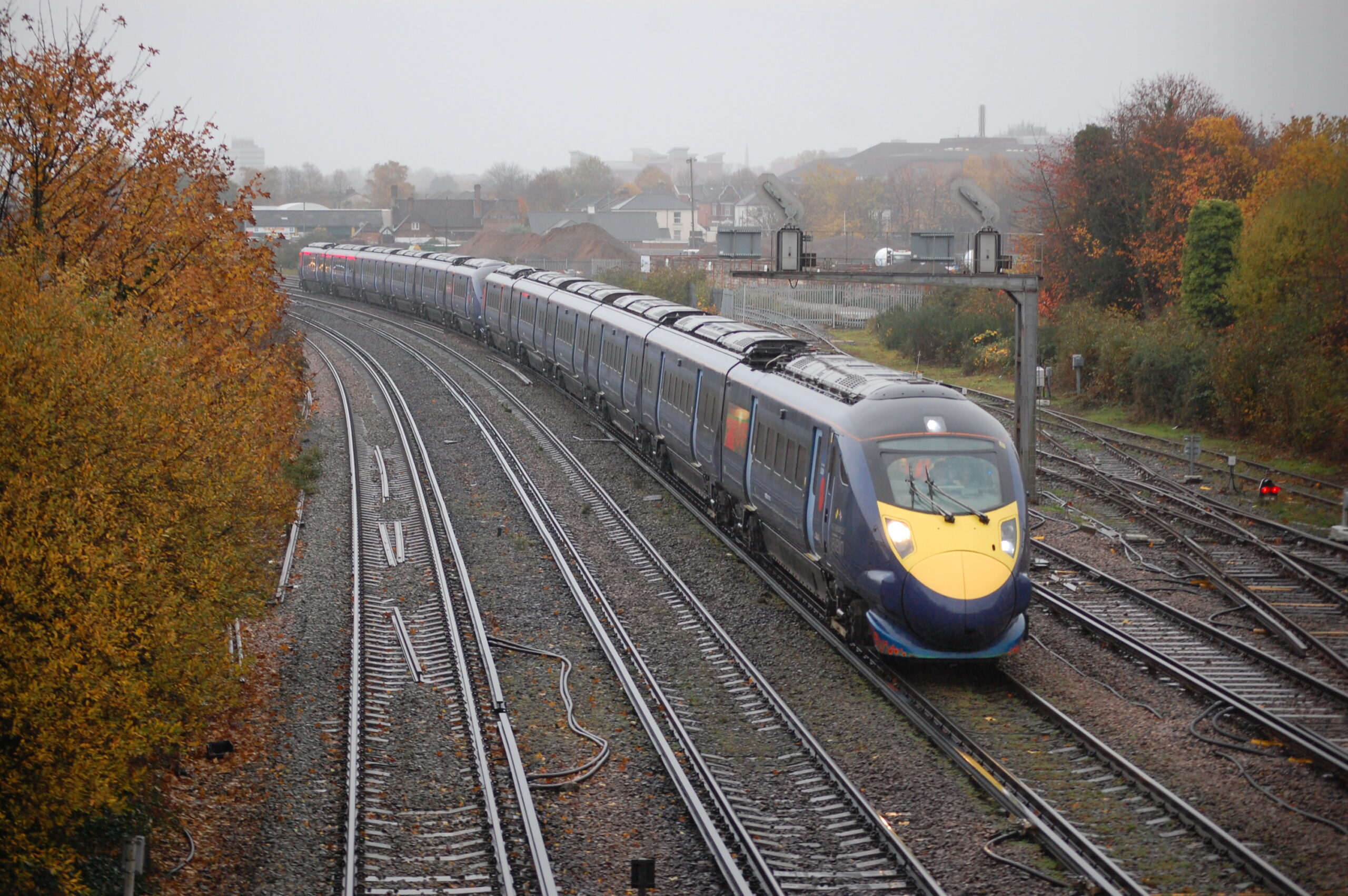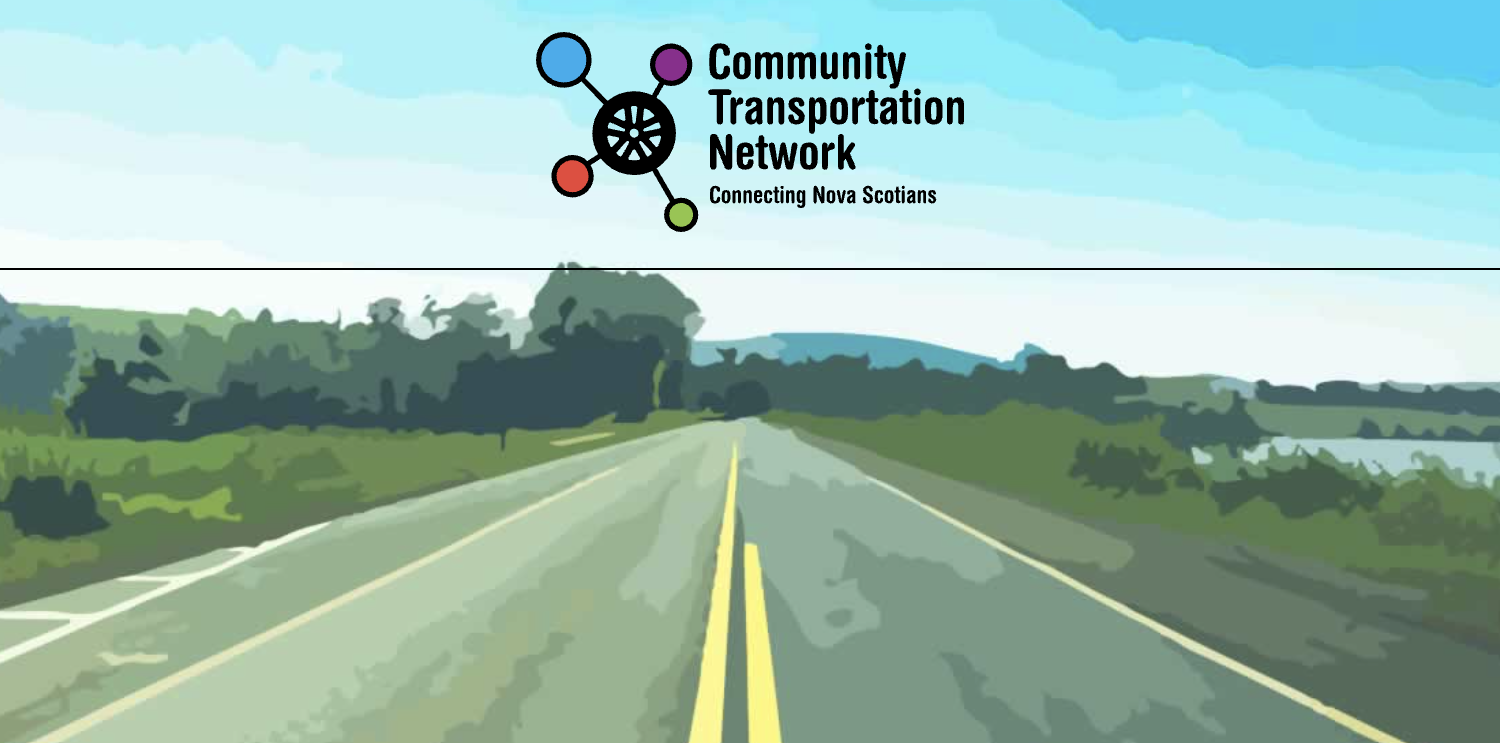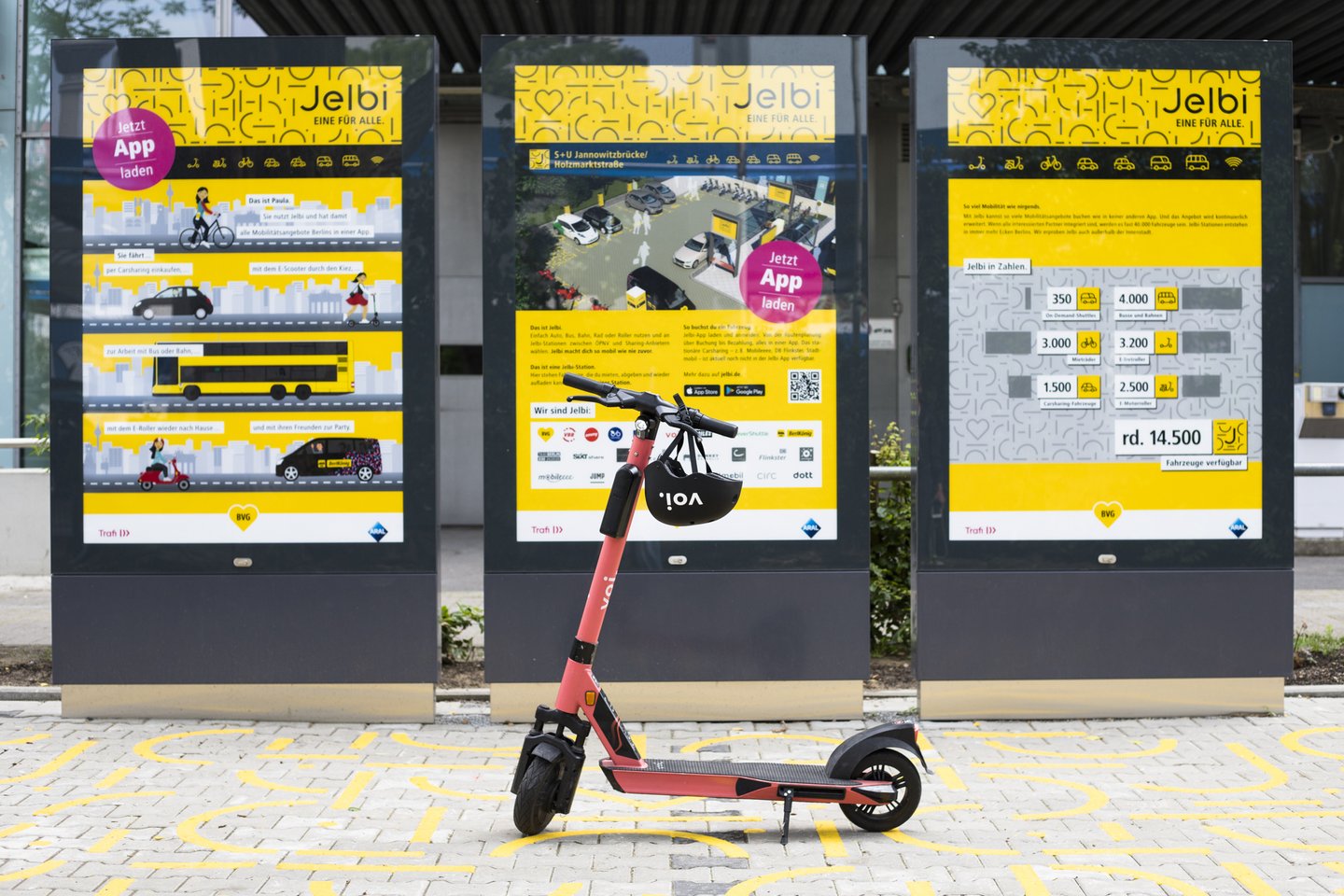Mobility-as-a-Service (MaaS) provides many opportunities for cities, businesses and consumers alike.
The convenience of app-based services is unparalleled, allowing users to order a ride, track their driver, and pay for their journey all from the same platform. This level of convenience has already proved to be immensely popular, with ride-hailing providers such as Uber and Lyft becoming household names.

For cities and businesses, investing in MaaS allows them to tap into this popular market and better serve more customers. It also provides an effective way to manage logistics, monitor utilisation and support sustainable and equitable transport options. Of course, the benefits of MaaS may differ depending on the city or organisation. This calls for a solid business case to be put in place so that your stakeholders understand the benefits it will bring to them. In this second article of the two-part series, we take a closer look at the five steps to building a compelling business case for investing in MaaS.
Step 1: Clarify Your Project Purpose

When writing a business case for MaaS, it’s essential to identify why the project is important, the end users it will serve, and how it will benefit the wider remit of the city or organisation. Maybe you want to make mobility more efficient and accessible for your end users or encourage the take-up of more sustainable transport choices. Or maybe you’re looking to scale your services, streamline processes, improve efficiency, gain access to better data, comply with regulatory requirements or provide a more personalised journey experience. Showcasing the tangible benefits MaaS can offer, and how they relate to your organisation’s remit, can make all the difference to stating your case and winning support. Be crystal clear on your goals and the measurable outcomes stakeholders can expect from MaaS.
Step 2: Assess Financial Feasibility

Take the time to thoroughly assess the cost-benefit and any risks associated with your MaaS initiative. This requires weighing up different alternatives and researching the current market and technology. With this knowledge, you’ll be better able to create an accurate picture of pricing and timeline expectations. In addition, it’s important to consider whether your organisation has the internal resources needed to support such a project or whether outsourcing to an experienced MaaS provider may be more cost-effective. Ultimately, all cost-benefit considerations should align with your goals and objectives for MaaS – be it increased commercial success or wider environmental and social progress.
Step 3: Gather Support from Stakeholders

Any business case requires input from various stakeholders; your MaaS project is no different. For instance, enlist the help of your IT and finance teams to provide input on the technology and finances respectively. It’s also a good idea to get any key sponsors on side from the start too. Depending on your organisation, you might be asked for an outline case in the first instance before progressing to a full-blown business case, similar to the three-phase approach taken by some government agencies. This will allow the case to take shape methodically, in what is often an iterative process. The last thing you want is to spend weeks or months diligently shaping your document only for it to be turned down. By getting the right people involved (which could also include external MaaS specialists), you can build a strong case with input from experts so that your efforts are more likely to pay off in the long run.
Step 4: Develop an Action Plan

The action plan sets realistic and measurable goals, as well as deciding how to meet them. This means identifying the key milestones along the way, complete with a timeline, deadlines, resource allocation and responsibilities. For example, ensure you allow enough time for testing out your MaaS application before it goes into production. Be clear about who is responsible for liaising with your outsourced MaaS provider, if you decide to go down that route. Factor in contingency plans and any potential risk factors. The unexpected often arises and can push you off course. Finally, establish a system of performance measurement to track progress and ensure that the project is met on time and within budget. With a comprehensive plan in place, you can move forward with confidence that you’re well prepared to embark on your MaaS initiative.
Step 5: Monitor the Results

It’s important to track progress to ensure that your project is meeting the desired milestones and outcomes you set and remains within budget. This allows you to course correct before the project gets too far off course. Once the project has gone live, it’s essential to have a framework to continue monitoring its success. Data collected from your MaaS app is a good place to start, including utilisation rates, usage at certain days and times or most popular modes amongst other information. You could also collect data through surveys, interviews, and other forms of evaluation. Analysing the data from these sources will help to determine if your app is having a positive impact. By monitoring the results and evaluating any changes that need to be made, it will be easier to create a business case for any additional investments.
Far-Reaching Benefits

A detailed business case for MaaS can have far-reaching benefits for organisations and consumers. By offering a more convenient and cost-effective way to travel, MaaS can help to reduce private car usage and carbon emissions while at the same time providing an efficient means of transportation and opening up new markets. The potential benefits of MaaS are immense, and its implementation should be seriously considered by any organisation looking for new opportunities to serve their customers as well as reduce their environmental impact and meet sustainability goals.
If you would like to find out how MaaS could support your community, city or region, please get in touch with our team.
This article was originally published by SkedGo.















